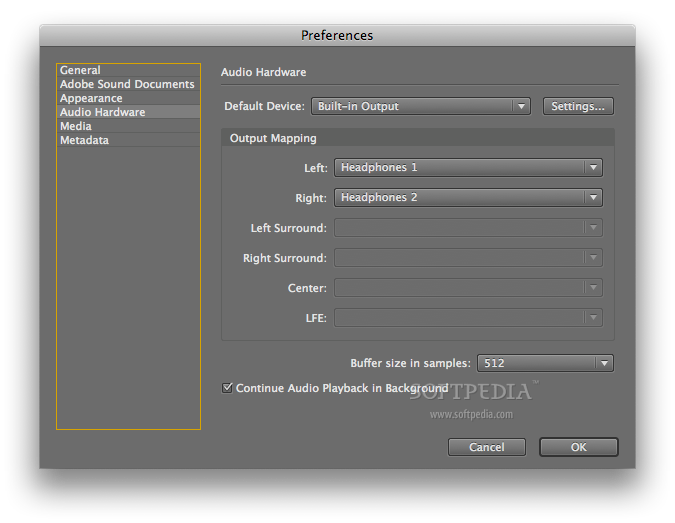

Design wind speeds are used to calculate the design wind pressures.įor vertical glazing, this reduction in design wind speed in ASCE 7-16 results in a reduction in design wind pressure. In most of the central U.S., the design wind speeds were reduced from the 2010 edition of ASCE 7 to the 2016 edition. Other changes, however, occurred between the 20 editions of ASCE 7 that effect design wind loads in the 2018 I-codes. The design wind pressure values obtained from the 2018 IRC are to be multiplied by 0.6 for the purposes of comparison to the Design Pressure rating of the fenestration product obtained by testing in accordance with the 2017 edition of AAMA/WDMA/CSA 101/I.S.2/A440 (NAFS-17). Overall, the prescriptive provisions continue to reference the 2010 edition of American Society of Civil Engineers (ASCE) 7, Minimum Design Loads for Buildings, while those outside these provisions must be based on the 2016 edition, which was adopted as the IRC reference standard for loads.

Tables R301.2(2) and R301.2(3) of the 2018 IRC give the design wind loads for glazed openings based on the design wind speed of the specific location where construction is to take place, the mean height of the building and its exposure to wind. Skylights and sloped glazing are also subject to snow load and dead load. The design loads of concern for vertical glazing are design wind load and impact resistance. Provisions for design loads of all exterior cladding of residential structures-including fenestration-are set forth in Section R301 of the 2018 IRC. The Caribbean Community and Common Market (CARICOM: 15 Carribean counties) use the IBC, IMC, IPC and IECC as base documents for that region’s regulations. The Cayman Islands, Jamaica, Trinidad and Tobago, and the aforementioned Haiti all have adopted at a minimum the IBC and IRC. In addition, many Caribbean countries have adopted the I-codes in the wake of devastating hurricanes and the earthquakes in Haiti. This reliance on the International Codes has now spread to other countries, including Georgia (Eastern Europe), Mexico, Columbia and Honduras.

Federal agencies do not “adopt” I-codes in the same manner as states and local governments do, but agencies such as the Department of Defense, Department of State, Department of Housing and Urban Development, the Veterans Administration and General Services Administration, among others, “use” the International Codes in various ways, such as requiring them when requesting bids to construct, renovate or maintain properties and facilities.ĭue to the prevalent use by federal agencies, I-codes began being enforced in countries other than the U.S, including the Middle East (Abu Dhabi, Saudi Arabia and Afghanistan). Numerous federal agencies have also adopted the International Codes. In addition to their widespread use throughout the 50 states and District of Columbia, they are used in the U.S Territories of Guam, Northern Mariana Islands, U.S.
ID3MOD FOR WINDOWS CODE
The family of International Codes published by the International Code Council is the most widely used in the history of U.S. To aid in this, the International Code Council (ICC) website provides an adoption chart listing the latest edition being used in each state and in some cases in a local jurisdiction.

Manufacturers and dealers that sell products in several states should be aware that, at this time, multiple editions of the International Codes are being enforced across the country. The 2018 editions of the IRC and IECC are the most recent, and many states and localities are in the process of adopting this edition of I-codes. These types of buildings are referred to as “low rise residential construction” within the family of International Codes, and requirements for them are established in the International Residential Code (IRC) and the International Energy Conservation Code (IECC). Major requirements were set forth in the published 2018 I-codes for windows, doors, skylights and other fenestration products in single family homes, duplexes and townhouses that are three stories or less in height.


 0 kommentar(er)
0 kommentar(er)
